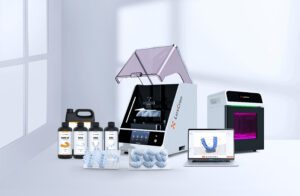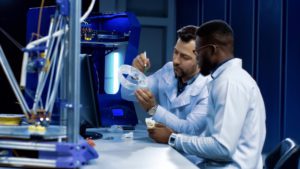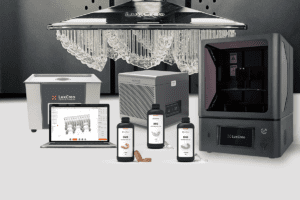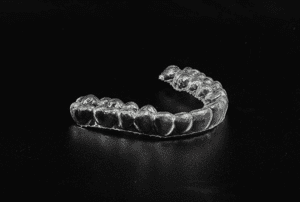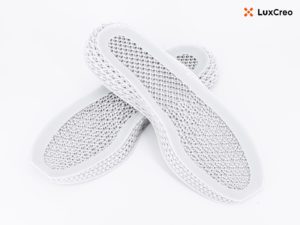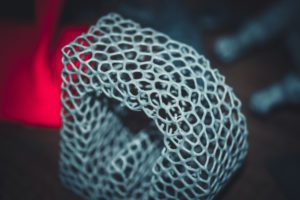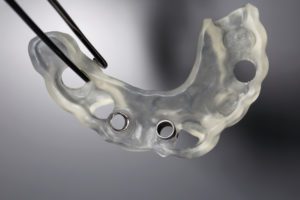On Demand Webinar: 4D Aligner Clinical Study Progress Update
Original Air Date: April 25, 2024 @ 11am EST Complete the form below to watch the recording. Get to know the latest clinical update on the practice of direct-print 4D…
Read MoreOn Demand Webinar: LuxFlow “1-Click” Support Generation and Nesting Software Demonstration
Original Air Date: June 7, 2024 @ 12pm EST Complete the form below to watch the recording. Set up your models or appliances in less than 5 minutes! Training in…
Read MoreOn Demand Webinar: LuxDesign 4D Aligner™ Software Demonstration
Original Air Date: May 31, 2024 @ 12pm EST Complete the form below to watch the recording. Learn how to design the direct-print 4D Aligner™ shell by using LuxDesign…
Read MoreOn Demand Webinar: Directly 3D Printed Clear Aligners vs Thermoformed
Original Air Date: Sept 22, 2023 @ 8am PST Complete the form below to watch the recording. • Learn about recent innovations in clear appliances using 3D printing technology…
Read MoreTop Seven Industries for Additive Manufacturing Applications
Additive manufacturing offers innovations, process improvements, and greater agility to many industries, including aerospace, dental, medical, and automotive. 3D printers are versatile and can produce complex or customized products. Manufacturers…
Read MoreEvaluating Scalable 3D Dental Printing Solutions for Dental Practices
If you need to produce high-volume quantities of simple and very inexpensive products, then 3D printing processes may not provide significant advantages. However, there are many applications of 3D printing where it solves many production pain points felt by manufacturers. Here’s what you need to know about high-volume additive manufacturing and applications where 3D printing can provide the most value.
Read MoreThe Benefits of 3D-Printed Orthodontic Retainers
3D printing technology improves the retainer creation process by accelerating product turnaround time, eliminating the need for dental molds, and allowing orthodontists to produce retainers in-house.
Read More3D Printing Applications in the Footwear Manufacturing Industry
The projected revenue increase demonstrates the continued adoption of additive manufacturing processes by footwear manufacturers. 3D printers have been available since the 1980s. However, many industries have only recently integrated 3D printing solutions into their production processes, as significant advances in machines, material, and software are not only meeting industry requirements but also enabling greater innovation with better performance production parts. Today many footwear companies use 3D printers to optimize design, prototyping, and full production.
Read MoreFDM vs. DLP 3D Printing
Two common 3D printing processes are fused deposition modeling (FDM) and digital light processing (DLP). Each of these 3D printing processes is best suited to specific product applications. Anyone interested in using 3D printing for their next product should understand the differences between FDM vs. DLP 3D printing. DLP processes and systems enable the manufacturing of products like dental appliances, medical devices, and footwear. With greater speed, better surface finishing, and isotropic material properties DLP may be a better choice for companies looking to decrease product development time, de-risk manufacturing operations, and create unique business models.
Read MoreThree Benefits of a 3D-Printed Dental Surgical Guide
3D printing dentistry solutions make it easier to produce custom products like dental prosthetics, implants, and surgical equipment such as guides. Surgical guides are becoming a standard tool to assist implant procedures, reduce surgery duration, and reduce the risk of complications. With advanced 3D printing systems, dental surgical guides are more affordable and accurate than ones made with traditional processes.
Read More



